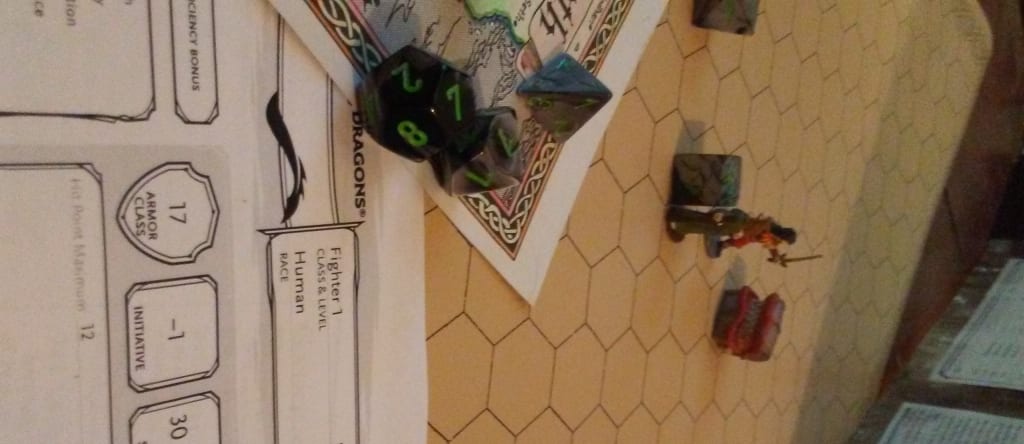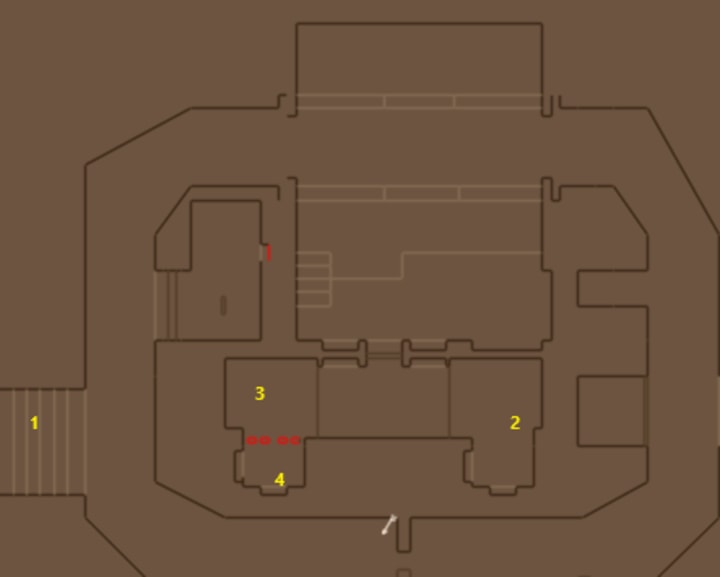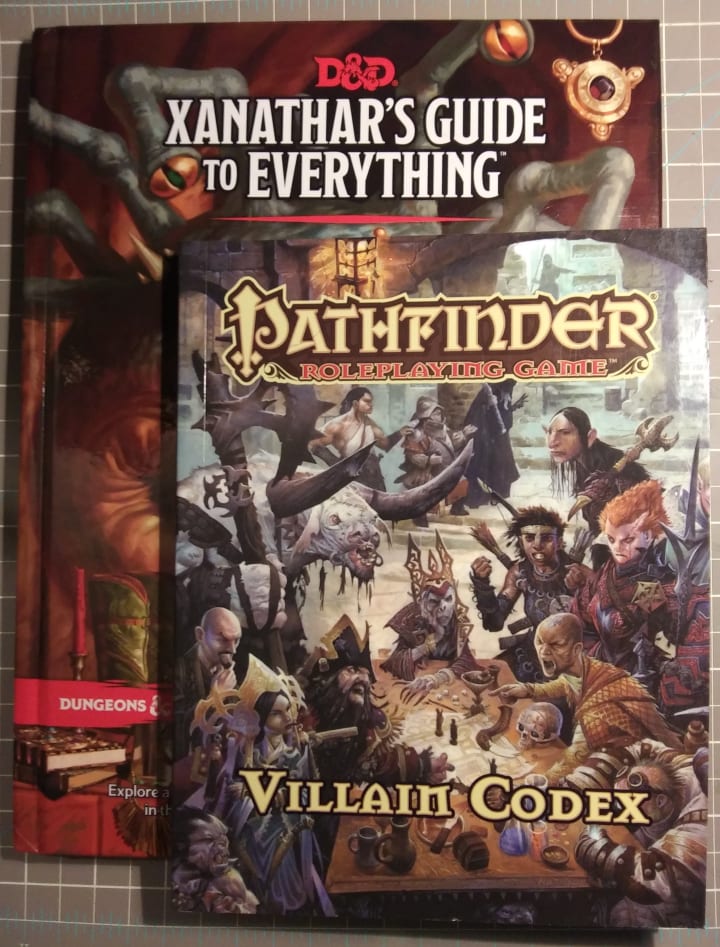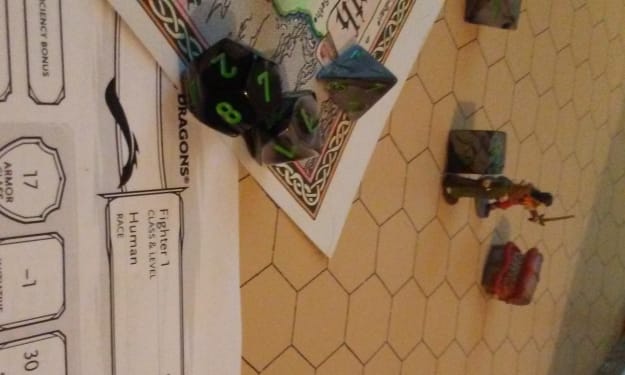Being a Dungeon Master Part 3:
Villains Most Vile

No matter what the setting or system, one thing every campaign needs is a good villain. A campy moustache twirler or femme fatale is good in an improvisational pinch but one needs to build a better villain and some point and introduce them, perhaps by having them be the underling of a more powerful foe. The villain arguably the most important NPC in your entire campaign, they likely exert the most influence on the PCs and as we will see later, they are just as crucial to the adventuring party as the individual members. Today we will look at three aspects that I feel help to make a bastard more dastardly. An antagonist must be relatable, they should have a cool lair, and if they are going to be a credible threat, they should have goals and a plan.
Good villains are relatable. That is not to say they must be human or even humanoid but they have to have some aspect that people recognize within themselves. A monster movie isn’t really about watching the people fight the monster, it’s about understanding that the monster is simply a hyper distilled version of a baser instinct(s). A good antagonist makes the players think “I understand why, but I can’t condone it.” or has a soliloquy after which a player might say “They are making a good point though…”. Determine what the antagonist wants to do and what is stopping them. What will the villain do next? Villains can be erratic but having a goal for them will lend context to what they do, even if they take the roundabout way to achieving their goal.
Perhaps the villain is an embodiment of an emotional extreme, regressing in maturity to a myopic mania, completely obsessing over the achievements of a rival, the acquisition of a thing, or the unrequited love of an idol. What do they gain from this is regression that makes up for what they lost? What will be their undoing? Developing these aspects will help you determine how they interact with the PCs when they meet.
Every villain worth their salt has a hideout. Perhaps it’s a secret underground base, maybe it’s the spire of a huge tower, or a remote planet in uncharted space. Determine where this hideout is why they chose it. Perhaps think of a brief backstory about how they found or built their hideout. This points to why this space is so special to them, and why they might choose to make this the place where they make their final stand against the PCs when the party has them on the run.

Next is loot. What do they keep in their “treasure pile”? Not all villains seek the same treasures there for not all villains plunder the same stuff. Perhaps one villain is known to have a portable hole that he fills with coins and jewels during a haul so he has numerous coffers full of coins from all different ages and rulers. Perhaps his hobby is coin collecting. Maybe a different villain likes the thrill of trying new potions and instead of taking coins or jewels she only grabs potions. She has a room lined with shelves where she stores them all and after a tough day of scrapping with the PCs, she likes to quaff a mystery potion and see what it does. It seems silly but NPCs that have that level of detail are the ones the players remember. Also consider how they store their things as I alluded to earlier, as it is indicative of that NPCs personality. Do they have a laboratory full of organized clutter like a mad scientist? Perhaps they store everything neatly in closets and footlockers. Maybe they just dump everything in a huge pile like a dragon’s lair. Lastly determine who or what else is also at their hideout. Are there lots of minions or are they a solitary creature. Perhaps they aren’t capable of trusting anyone else, or perhaps those hordes of minions they have are really just in it for the paycheck and will flee after a few skirmishes. It’s really up to the creator but considering these details will help determine what the PCs encounter when they arrive and you design encounters at the location.
Now that we know what they want, it’s time to decide how they are going to get it. The villain needs a plan. Part of that plan is what they are willing to do to get what they want. As they are disrupted from that plan, how do they manage obstacles? At what point does they party pop up on the villains radar and what is the response to the PCs opposing them? Does the villain offer them a deal, do they create a distraction, perhaps they take the direct route and try to kill the PCs. Do the players succeed at disrupting the villain? Perhaps the villain shifts targets and attacks people the PCs care about. Remember that villains like blaming others for their problems, this pattern of escalation and disruption might continue for a long time until they are finally defeated. Defeat comes in many forms though the most obvious is death. Perhaps the villain is brought to justice and jailed, perhaps they are neutralized and reform, perhaps in a more lucid moment they decide that the goal isn’t worth the resistance they face.
Determine the condition that causes the villain to abandon their goal, otherwise your villain will become the cartoony parity that always gets away. Sometimes only death can cause them to abandon their goals, and sometimes not even that, as in the case with a lich. Most sane villains and even henchmen won’t fight to the death. They might flee if they don’t think they can win or if they are hurt. Determine or at least think about what that breaking point might be ahead of time, many times it will write the victory conditions for you when you write the encounters and scenarios.
The relationship between the hero (or antihero) and the villain is worth noting. How does the villain view the PCs? Are they respectful yet firm in their actions, or do they simply view them as fodder for the cannon? Regardless of how either party feels about each other or the actions they take, they have a symbiotic and codependent relationship. A very common and effective plot device is the villain acts first and the PCs react. For example, the Joker takes some hostages and Batman rescues them. This leads to the next consideration. Who is Batman without the Joker? Who is Marduk without Tiamat or Superman without Lex Luthor? A villain presents (or represents) a challenge that the hero(es) must rise to meet. The hero(es) must acquire the means to defeat the villain. The hero(es) would not likely do either of these things unless they are challenged to do so by someone or something.
Hero(es) and villains derive purpose from each other. Perhaps the PCs defeat the villain and thwart his original plan. Does the villain make a new plan? Do they shift targets? Perhaps they feel like they have to deal with the PCs before they can make progress on their original goal. Perhaps they decided to set a trap, hiding their true intentions, and let the PCs spring it. Each side will try to undermine efforts of the other until the conditions are met that causes one side to abandon their goal.

After all the posturing and clashing, when the final battle is at hand and the PCs defeat the villain, resist the urge to let the villain slip away, get resurrected, or otherwise elude the PCs via dungeon master chicanery. At the end of a long arc let the PCs have the victory, an unending wild goose chase gets old. This does not mean the villain cannot still be a pain in their collective butts. Find a creative way to do this, perhaps the villain, who is now rotting in jail, can be a valuable informant against other ne'er-do-wells and exchanges their intel for amenities and privileges during their incarceration. Perhaps even though the villain was slain they hex the characters with a debilitating curse. The villain may have been a very charming cult leader and now their loyal followers have taken a blood oath to slay the party since their leaders downfall. Remember that even though the immediate threat of a villain may be neutralized and the campaign has shifted to a new adventure, the defeat of a powerful foe creates a power vacuum and someone is bound to be quick to fill their place. The bite of a snake is one thing, the effect of the venom is quite another!
About the Creator
Jeromy Schulz-Arnold
Jeromy Schulz-Arnold is a freelance writer. He has a day job but he spends an irresponsible amount of time daydreaming...
Enjoyed the story? Support the Creator.
Subscribe for free to receive all their stories in your feed. You could also pledge your support or give them a one-off tip, letting them know you appreciate their work.






Comments
There are no comments for this story
Be the first to respond and start the conversation.